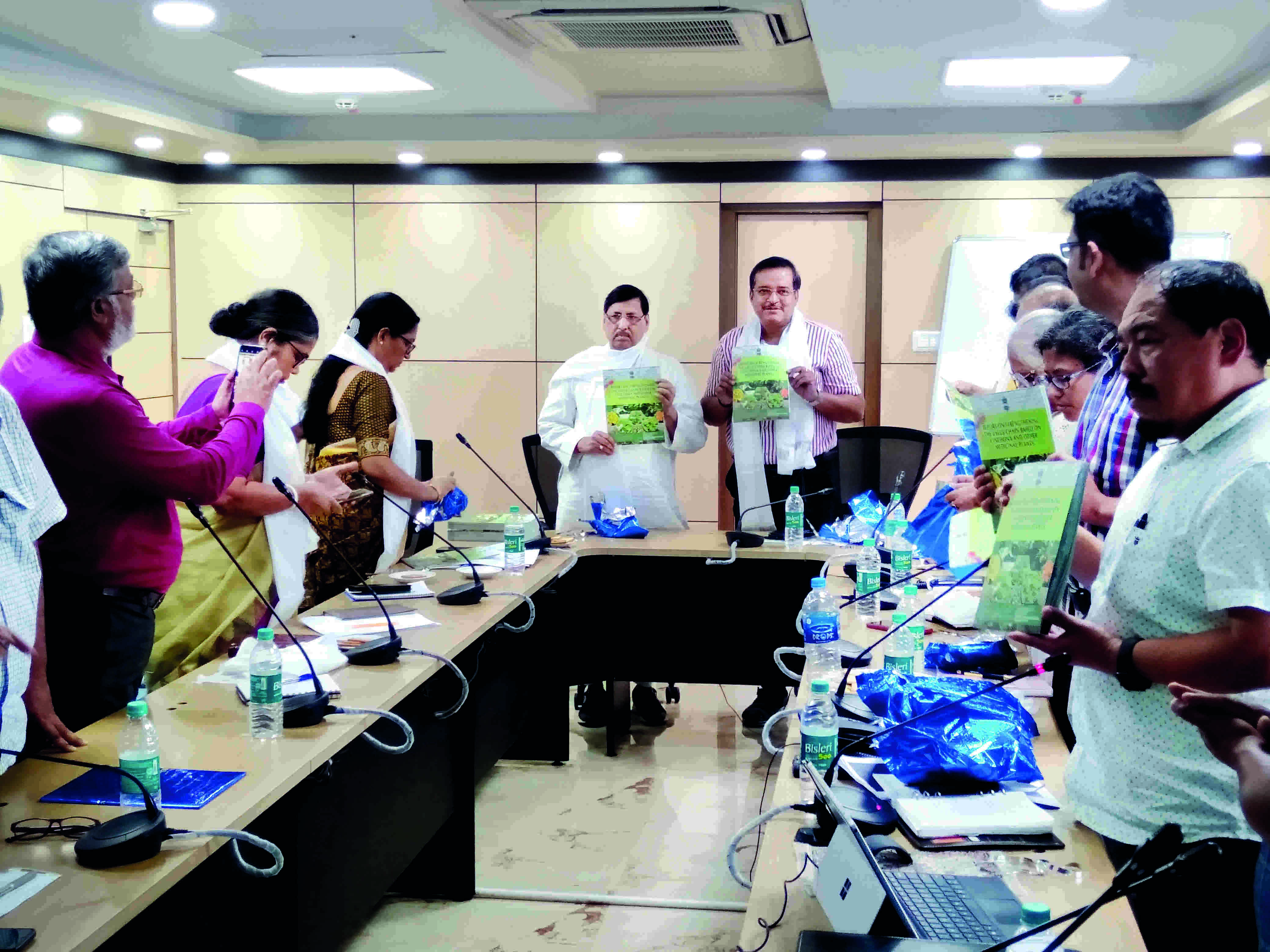Better management: State adopting systematic plantation practises

Kolkata: The Directorate of Cinchona and Other Medicinal Plants (DCOMP) under the aegis of state Food Processing Industries and Horticulture (FPI&H) department is adopting systematic plantation practises for improving the quinine content in cinchona plants and at the same time identify those crops which would suit the climate and soil in Darjeeling and Kalimpong hills while being commercially remunerative.
The department had roped in a Delhi-based consulting firm that carried out a detailed study and prepared a report based upon which a short, medium and long-term plan can be pursued by DCOMP.
The report on "Strengthening the Value Chain based on Cinchona and Other Medicinal Plants" was released by state FPI&H minister Subrata Saha on Wednesday.
"I am hopeful that this study will provide a much needed scientific insight in modern plantation management of Cinchona which is the source of Quinine – a valuable anti malarial medicine and also other medicinal plants to make it commercially more viable and ensure a profitable agriculture for the farmers," Saha said.
DCOMP was set up to protect and expand the Cinchona plantations and also to introduce new crops which are important from the commercial and therapeutic angles. Over several decades crops like ipecac, citronella, lemon grass, rubber, mandarin orange, cardamom, chirayita (chirata in Bengali), orchids etc were introduced in the plantations covering an area of 26000 acres. "However, it was witnessed that the Cinchona content in quinine bark has declined to a level of 3-6 per cent which is far
less in comparison to that obtained in countries like Indonesia, Ghana, Peru, Costa Rica etc. It was also found that other commercial crops were not yielding adequate returns in comparison to the investment. Considering the fact that Cinchona plantations are found in a limited area, the need was felt to preserve the same through a proper scientific planning," Subrata Gupta, Additional Chief Secretary of FPI & H department said.
The state government has already identified and labeled 2 lakh cinchona trees and their bark samples have been collected for chemical analysis.
The high yielding trees will be identified from this exercise which can be used for vegetative propagation. The department will be adopting tissue culture for this propagation.
The Gorkhaland Territorial Administration, Uttar Banga Krishi Vishwavidyalaya, Bidhan Chandra Krishi Vishwavidyalaya, Jadavpur University and National Bureau of Soil Survey and Land Use Planning (Kolkata office) have collaborated for the study.



